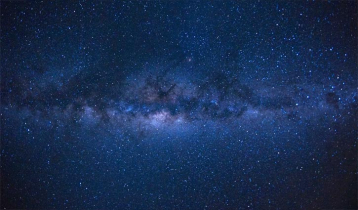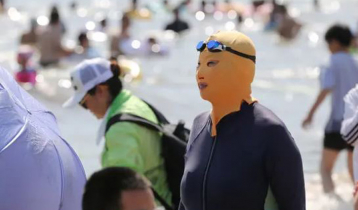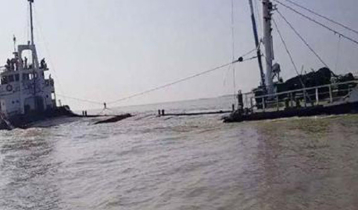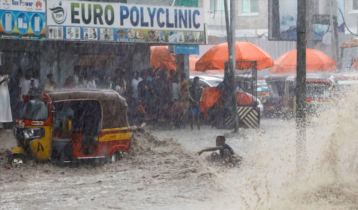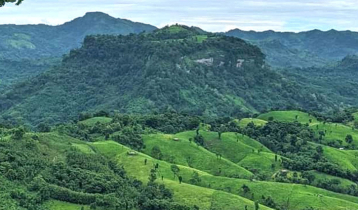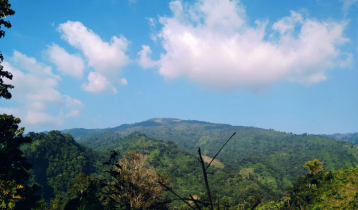Easter Island is vanishing
4 || risingbd.com
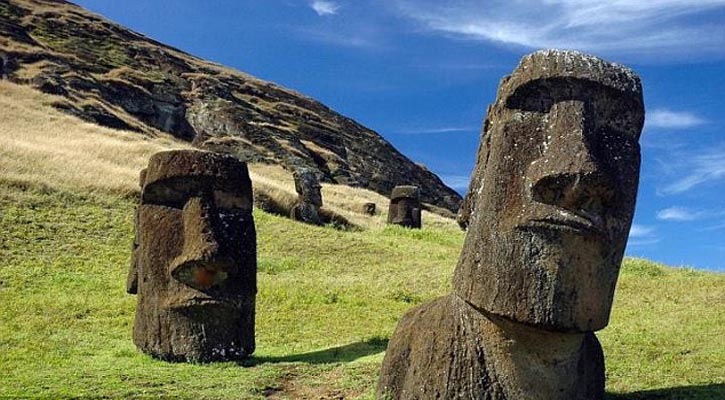
Risingbd Desk: Easter Island and its mysterious history are slowly disappearing under rising seas.
In recent years, waves have begun to reach dozens of ancient statues that are dotted around the island's coast.
Many believe these stone statues, carved between 1100 and 1680, could hold clues as to why and how Easter Island's civilisation collapsed centuries ago.
But the UN has warned they could be engulfed by waves entirely, with sea levels set to rise as much as six feet by 2100.
Shrouded in mystery, this tiny triangular landmass sits in the middle of the South Pacific, 1,289 miles from its nearest neighbour.
The remains 'could add more data to show it's not a simple or straightforward answer to what happened,' said Jane Downes, a professor of archaeology at the University of the Highlands and Islands in Scotland.
However, the landscape is quickly changing and soon these statues could be gone forever, taking with them any clues about what happened to this civilisation.
'You feel an impotency in this, to not be able to protect the bones of your own ancestors,' Camilo Rapu, the head of the indigenous organisation that controls Rapa Nui National Park on the island told Mr Casey.
Studies have revealed low-lying Pacific islands are already feeling the effects of sea level rise.
The tiny Marshall Islands and Kiribati, coral atolls north of Fiji, are at risk of being swamped by rising water.
The Solomon Islands in the south Pacific are of key scientific interest as they lie in a 'hotspot', with sea levels rising higher than the global average.
It is feared the rise in sea levels will cause widespread erosion and inundation of low-lying atolls in the Pacific.
Easter Island has just 6,000 residents and more than 100,000 visitors each year, injecting up to $70 million (£50 million) into the economy each year.
The 887 statues gaze inland across the island with an average height of 13ft (four metres).
Many of the most important statues are on the coast.
Three of the main ones - Tongariki; home to a line of monoliths, Anakena; the sandy beach and Akahanga; the ancient platforms - are at risk of being eroded by rising seas, scientists warn.
'I once swam in Ovahe [beach] and the sand seemed to go on for miles,' said Pedro Pablo Edmunds, the Hanga Roa mayor.
Islanders are testing a new sea wall defence system near the Runga va'e sites, thanks to a $400 000 (£280 000) grant from the Japanese government.
It remains to be seen how effective this will be and whether islanders will have to move the statues away from the coast to save them in any case.
Officials say they are already considering anchoring carvings to stable stone, or moving them to a museum.
The mysterious island has been the focus of much interest since it was first 'discovered' by the Europeans around 300 years ago.
A study in 2017 found these first explorers who arrived at the island, known indigenously as Rapa Nui, in the 18th century brought South Americans with them.
Researchers from UC Santa Cruz analysed bone fragments from the ancient skeletal remains of five people, which were excavated in the 1980s and became part of the Kon-Tiki Museum's collection in Oslo.
Some experts believe the island was inhabited from 300 to 400 AD onward, while others put this date closer to 700 to 800 AD.
Ethnographers, including 20th Century Norwegian explorer Thor Heyerdahl, have noted the similarity between the Rapa Nui people and Native American tribes on the landmass' southern continent.
And DNA from South American tribes can be found in the island's modern population.
But, by comparing the five samples, the team now believes this was introduced with the arrival of Europeans on the island in 1722 AD.
Dr Lars Fehren-Schmitz, associate professor of anthropology at the university, said: 'We were really surprised we didn't find anything.
'There's a lot of evidence that seems plausible, so we were convinced we would find direct evidence of pre-European contact with South America, but it wasn't there.'
'This study highlights the value of ancient DNA to test hypotheses about past population dynamics.
'We know the island's modern populations have some Native American ancestry, and now we know that early inhabitants did not. So the big questions remain: Where and when did these groups interact to change the genetic signature of Easter Islanders?'
Source: The Daily Mail
risingbd/March 16, 2018/Mukul
risingbd.com





